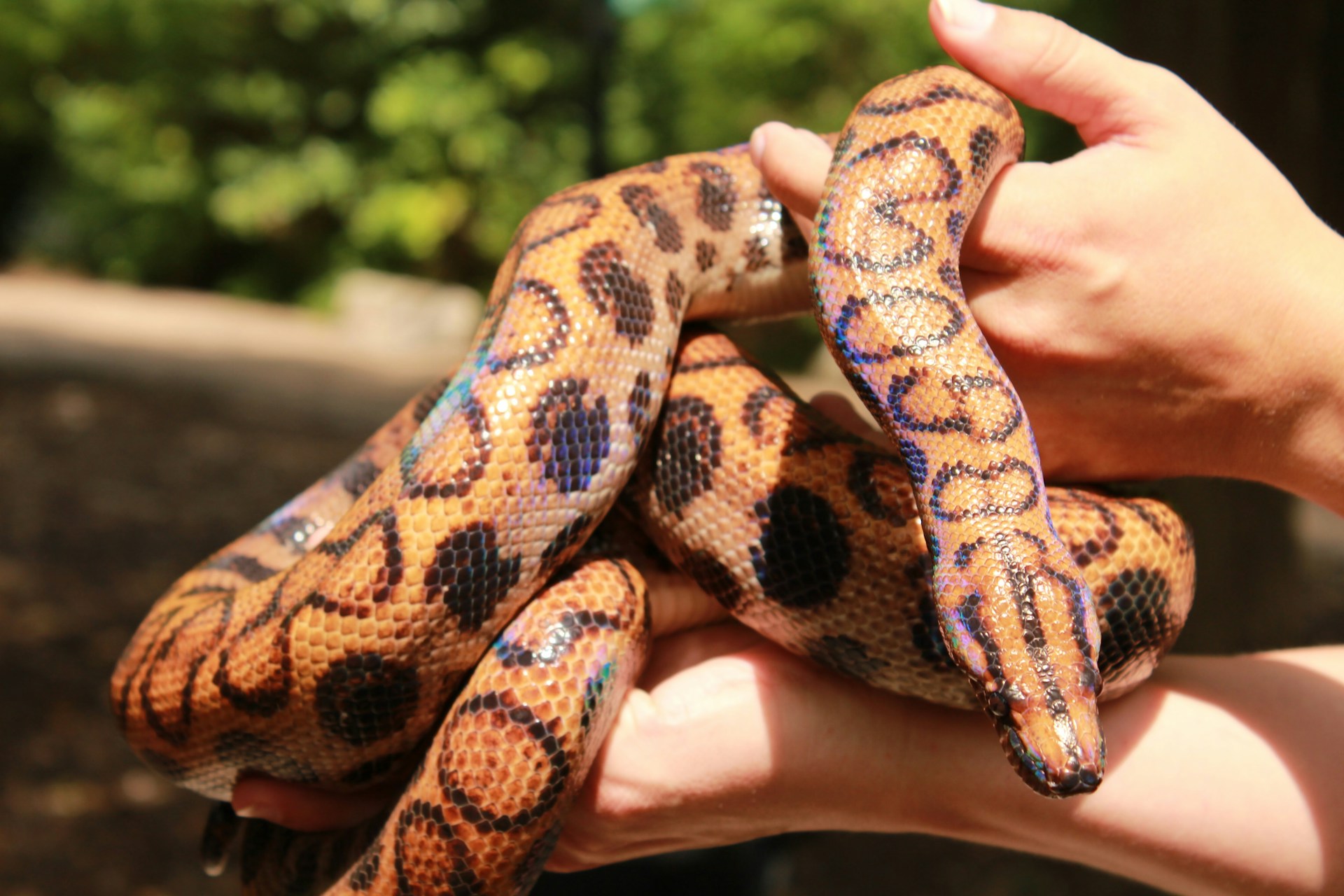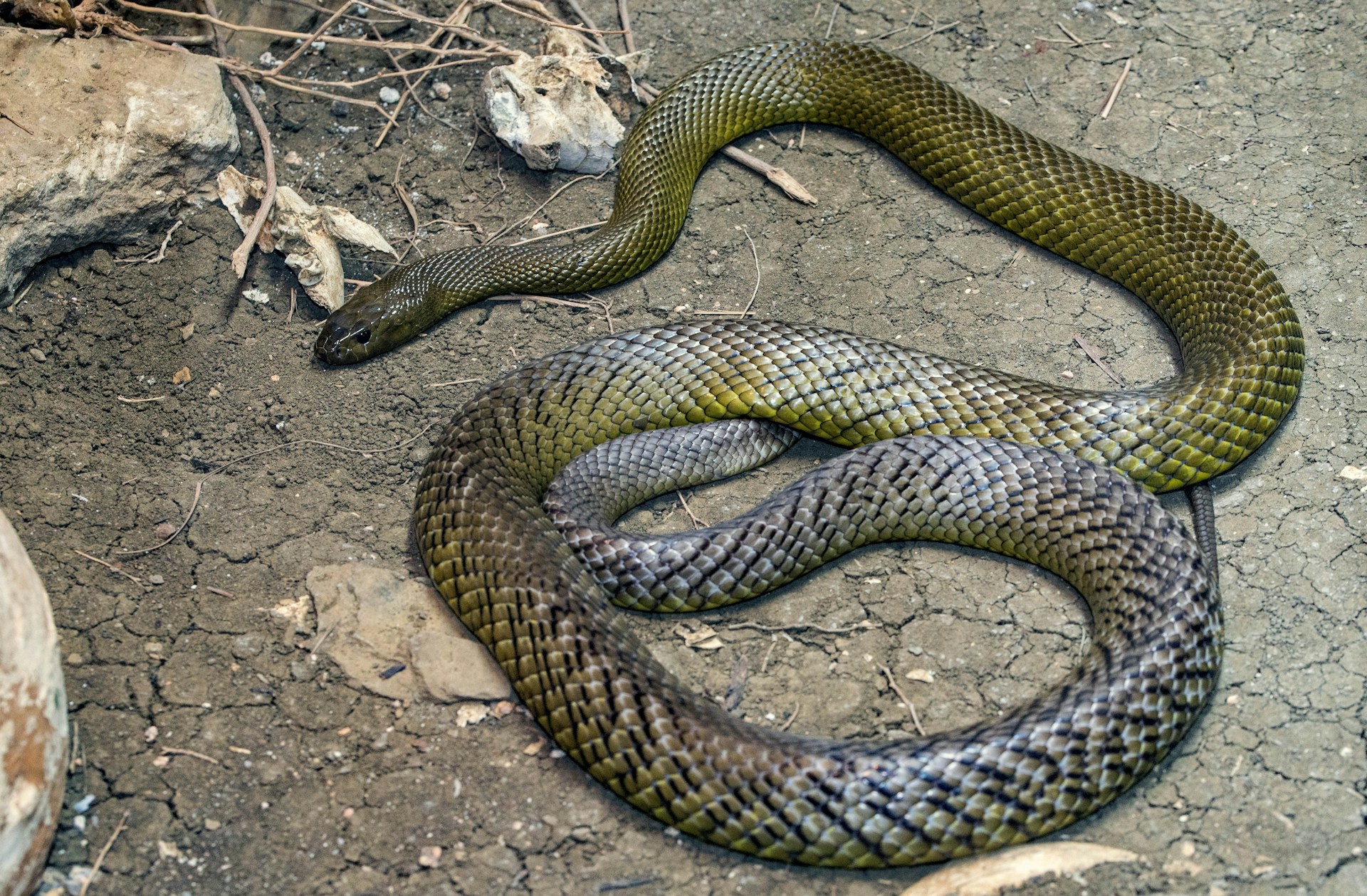Snakes are famously stoic creatures that excel at hiding signs of illness—an evolutionary trait that helps them avoid predators in the wild but creates significant challenges for pet owners.
Unlike dogs or cats that may whine or exhibit obvious behavioral changes, snakes typically show only subtle indications that something is wrong, often when the condition has already progressed significantly.
Detecting health problems early can be the difference between a treatable condition and a fatal one.
This comprehensive guide will help you recognize the early warning signs of common snake health issues, understand when to seek veterinary care, and develop a proactive approach to maintaining your serpentine companion’s wellbeing.
Understanding Normal Snake Behavior
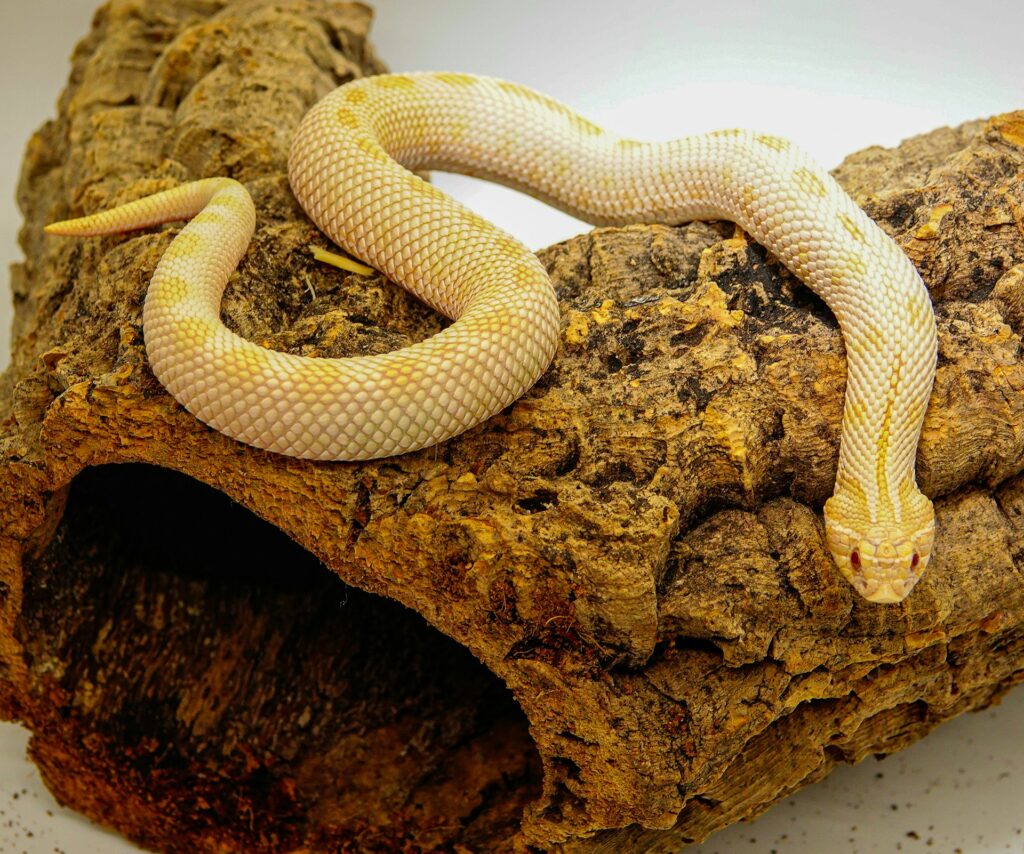
Before you can identify abnormal behaviors, you need a solid understanding of what constitutes “normal” for your particular snake species.
Healthy snakes generally exhibit predictable behaviors including regular eating patterns, consistent shedding cycles, appropriate activity levels, and species-specific postures.
They should appear alert when active and restful when sleeping, with no signs of distress during handling or feeding times.
Spend time observing your snake during different parts of the day and throughout various activities to establish a baseline for their unique personality and habits.
This knowledge becomes your most valuable diagnostic tool, as even slight deviations can signal the onset of health problems before physical symptoms appear.
Monitoring Feeding Habits and Appetite Changes

One of the earliest and most reliable indicators of health problems in snakes is a change in appetite or feeding behavior.
A snake that suddenly refuses meals, shows decreased interest in food, or regurgitates after eating may be experiencing digestive issues, infections, stress, or environmental problems.
While some species naturally fast during breeding seasons or prior to shedding, any unexplained appetite change lasting more than two normal feeding cycles warrants attention.
Keep a feeding journal documenting what, when, and how much your snake eats, along with notes about their behavior during and after meals.
This record can help identify patterns and provide valuable information to your veterinarian if health concerns arise.
Recognizing Respiratory Distress Symptoms
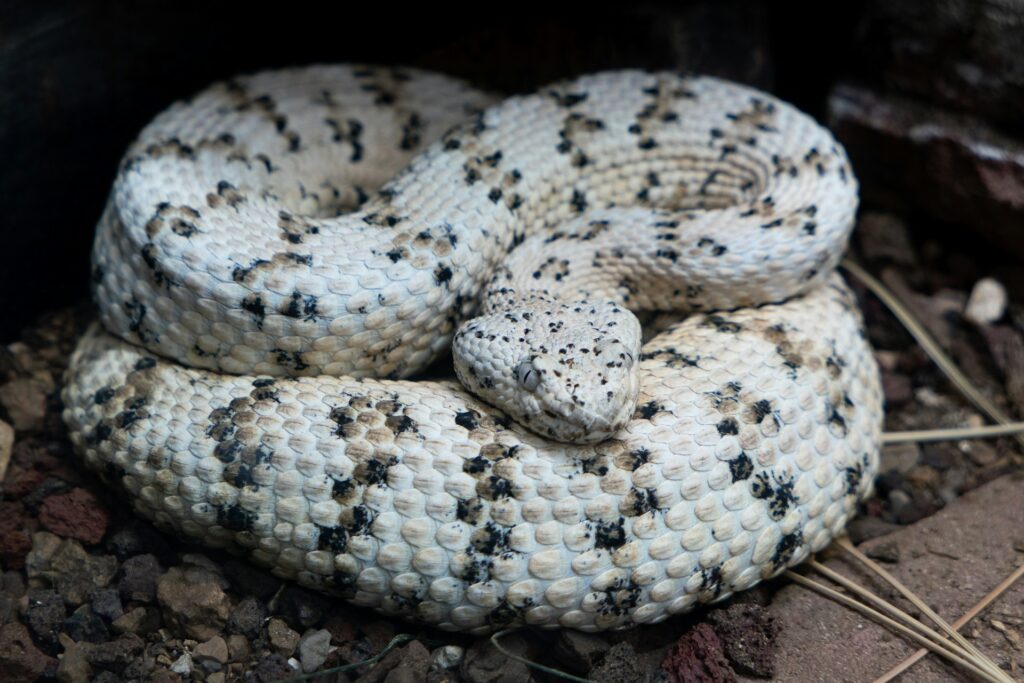
Respiratory infections are among the most common and serious health issues affecting captive snakes, often resulting from improper temperature and humidity levels.
Early signs include subtle changes in breathing patterns such as open-mouth breathing, wheezing, clicking or bubbling sounds during respiration, and excessive mucus around the mouth or nostrils.
You might also notice your snake holding its head at an unusual angle, appearing to strain while breathing, or exhibiting reduced activity as they struggle to breathe comfortably.
Some snakes will seek out the warmest parts of their enclosure when fighting respiratory infections in an attempt to create fever-like conditions.
These symptoms require immediate veterinary attention as respiratory infections can quickly become life-threatening when left untreated.
Evaluating Skin and Scale Conditions
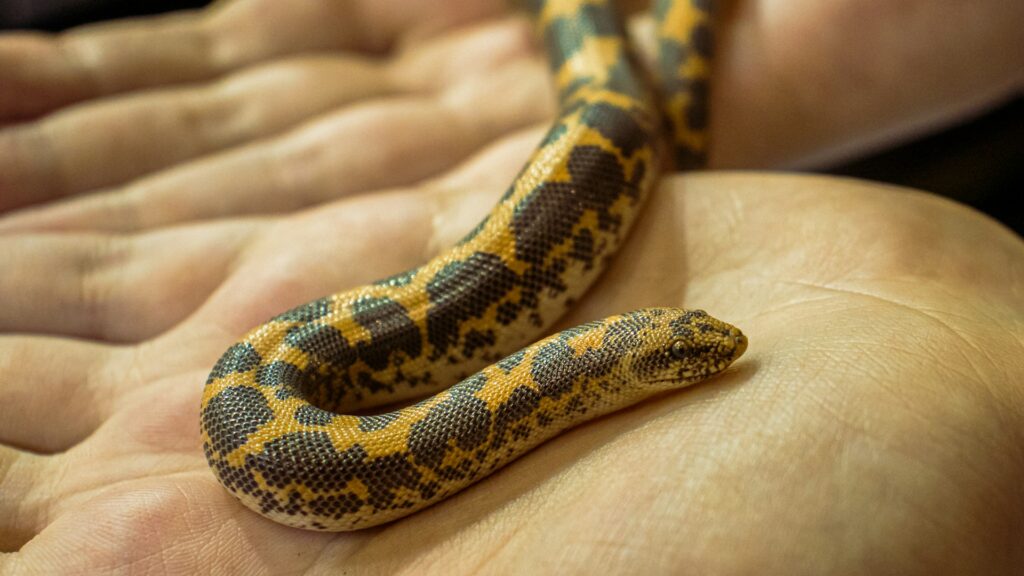
Your snake’s skin offers valuable insights into their overall health, with abnormalities often providing the first visible signs of underlying issues.
Healthy snake skin should appear clean, smooth, and free from discoloration, with scales that lie flat against the body.
Watch for retained eye caps or patches of unshed skin after a shedding cycle, which may indicate dehydration or inappropriate humidity levels.
Suspicious bumps, blisters, red or discolored patches, crusty areas, or scale irregularities could signal bacterial infections, fungal problems, mite infestations, burns, or more serious conditions requiring treatment.
Regular examination of your snake’s entire body using a flashlight can help identify these issues before they become severe enough to cause systemic health problems.
Assessing Movement and Posture Abnormalities
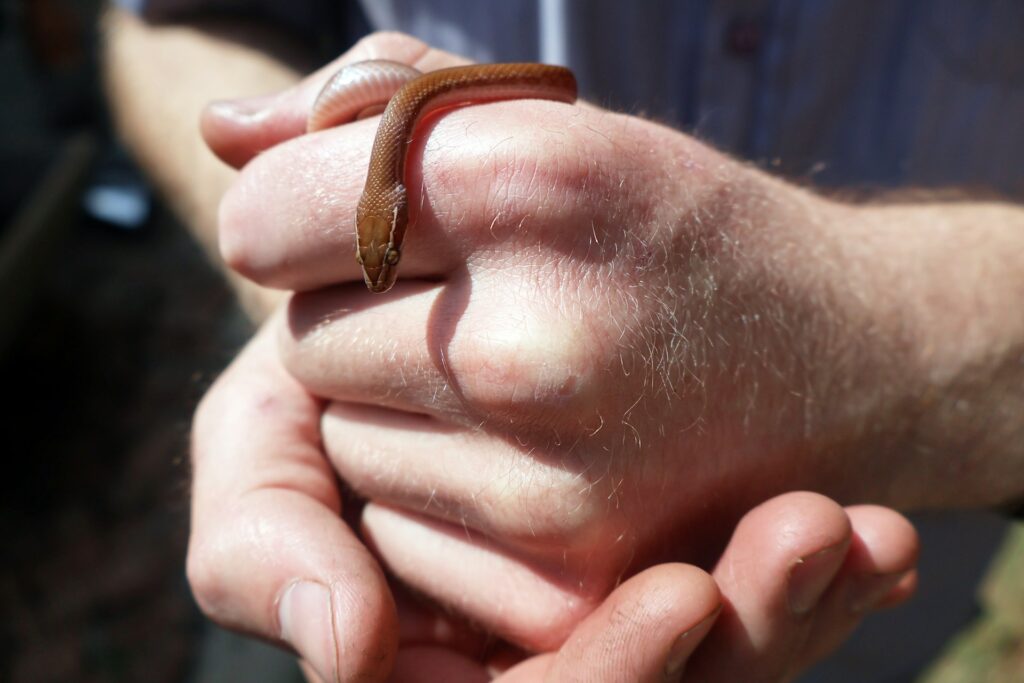
Changes in how your snake moves or positions itself often indicate discomfort, neurological issues, or musculoskeletal problems. Healthy snakes exhibit smooth, coordinated movements with natural body curves when crawling.
Signs of potential health issues include difficulty moving in a straight line, unusual spinal twisting or kinking, paralysis of any body section, head tremors, circling behaviors, or the inability to right themselves when turned over.
Some snakes with neurological problems may “star-gaze” (holding their head upward at unusual angles) or move with abnormal, jerky motions.
Particularly concerning is the “corkscrewing” behavior, where a snake twists its body inappropriately while attempting to move, which can indicate serious conditions like inclusion body disease in boas and pythons, bacterial infections affecting the central nervous system, or severe vitamin deficiencies.
Monitoring Weight and Body Condition
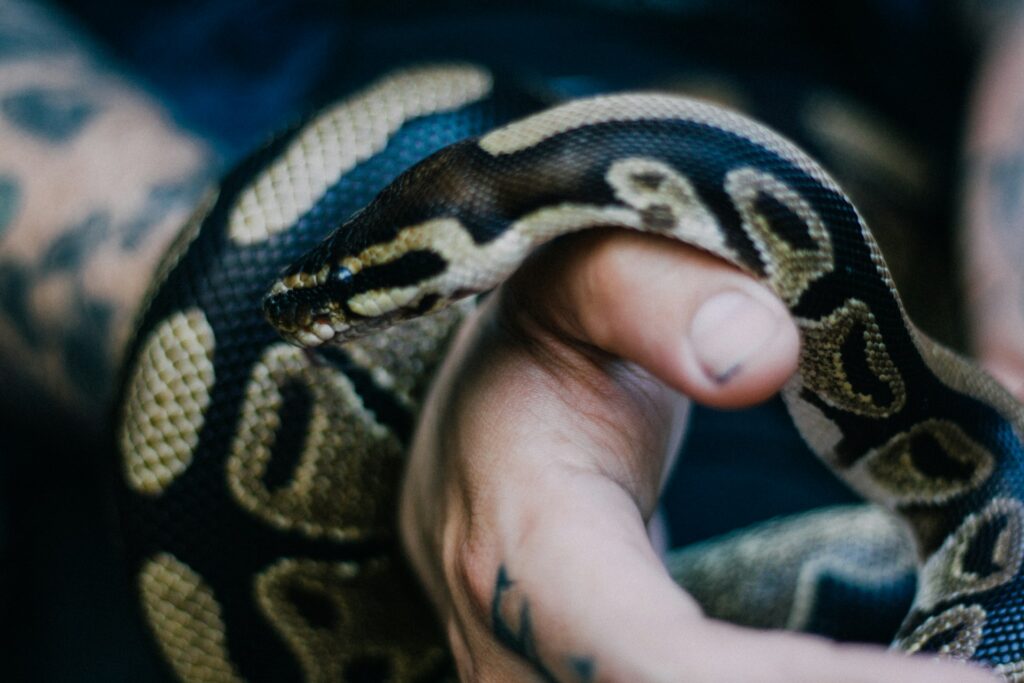
Regular weight monitoring provides objective data about your snake’s health status and can alert you to problems before they become visually apparent.
A healthy snake maintains a relatively consistent weight with gradual increases as they grow, while sudden weight loss or gain often indicates health issues. Invest in an appropriate digital scale and weigh your snake at least monthly, keeping detailed records of these measurements.
Beyond weight, assess your snake’s body condition by observing their shape from above and in cross-section.
A healthy snake typically has a rounded, muscular appearance with a subtle transition from body to tail, while underweight snakes may show a triangular cross-section with visible spine ridges or prominent hip bones near the vent area.
Overweight snakes exhibit excessive skin folds, difficulty moving, or visible fat deposits, which can lead to reproductive and organ issues over time.
Examining Oral Health and Mouth Issues
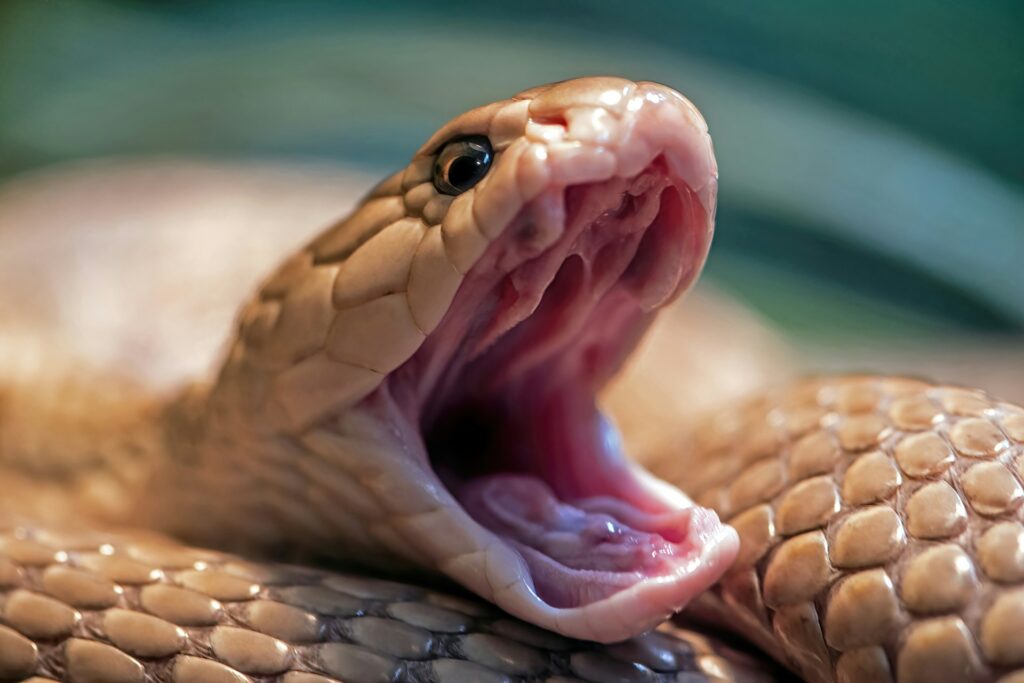
A snake’s mouth provides important clues about their digestive and respiratory health, with abnormalities often indicating serious infections.
During routine health checks, gently examine your snake’s mouth for signs of inflammation, excessive saliva, discoloration, or cheese-like deposits that could indicate infectious stomatitis (mouth rot).
The gums and oral tissues should appear pink and healthy without swelling, lesions, or bleeding. Bad breath, difficulty closing the mouth completely, or reluctance to eat may accompany oral infections, which can quickly spread to the respiratory system if untreated.
Some snakes with mouth infections may also drool or rub their faces against surfaces seeking relief from discomfort.
These symptoms require prompt veterinary care as oral infections can progress rapidly and become life-threatening when bacteria enter the bloodstream.
Interpreting Waste Elimination Changes

Your snake’s waste provides valuable information about their digestive health and internal functioning. Normal feces should be well-formed, dark with white urate portions, and produced regularly in relation to feeding schedule.
Changes in consistency, color, frequency, or smell often indicate health problems developing within the digestive tract.
Diarrhea, bloody stool, unusual colors, or incomplete digestion of prey items may signal parasitic infections, bacterial issues, or improper husbandry.
Particularly concerning are situations where a snake stops producing waste entirely despite eating normally, which could indicate an intestinal blockage requiring emergency intervention.
Establish a cleaning routine that allows you to observe and monitor waste production, keeping notes about any abnormalities that could help diagnose problems early before they become critical issues affecting your snake’s overall health.
Recognizing Parasitic Infections
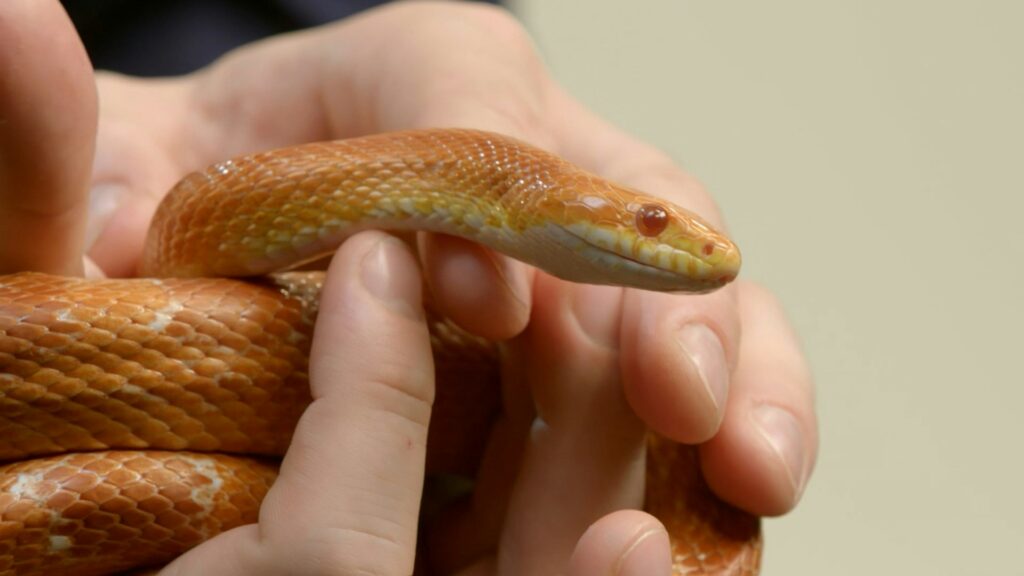
Both internal and external parasites can significantly impact your snake’s health, often manifesting through subtle behavioral and physical changes before becoming visually obvious.
External parasites like mites appear as tiny moving specks often concentrated around the eyes, heat pits, and between scales, causing excessive soaking behavior and restlessness as your snake attempts to relieve the irritation.
Symptoms of internal parasites may include weight loss despite normal eating, regurgitation, abnormal stools, lethargy, or a general failure to thrive.
Some parasitic infections cause visible changes in the snake’s appearance, such as distended abdomen, anemia (pale gums), or unusual shedding patterns.
Regular fecal examinations by a reptile veterinarian can detect internal parasites before they cause significant health deterioration, making preventative screening an important part of responsible snake ownership.
Understanding Shedding Problems
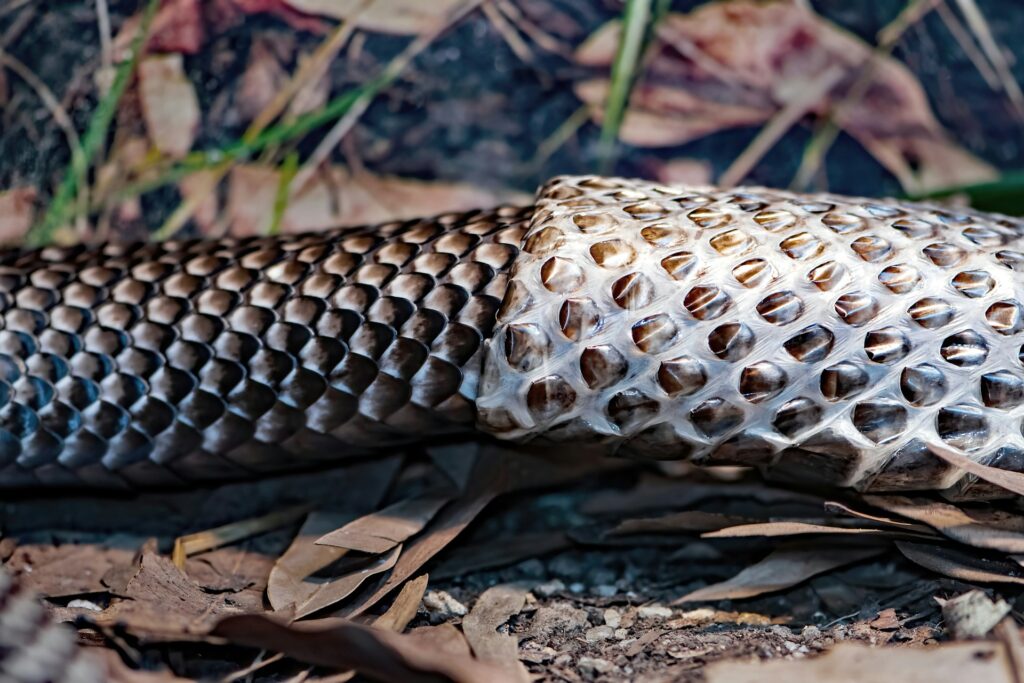
The shedding process provides a reliable indicator of your snake’s overall health status, with abnormalities often signaling husbandry issues or underlying medical conditions.
A healthy shed should occur in one complete piece (or a few large sections for larger snakes) and include eye caps and tail tip, leaving behind a perfect translucent replica of your snake.
Problematic shedding signs include retained patches of old skin, multiple incomplete sheds in succession, retained eye caps causing vision problems, or constricted areas where unshed skin restricts blood flow.
These issues typically stem from inadequate humidity, dehydration, nutritional deficiencies, or underlying infections that affect skin health.
Carefully document your snake’s shedding frequency and quality, as changes in this pattern often precede more serious health complications and provide early opportunities for intervention.
Establishing a Proper Quarantine Protocol
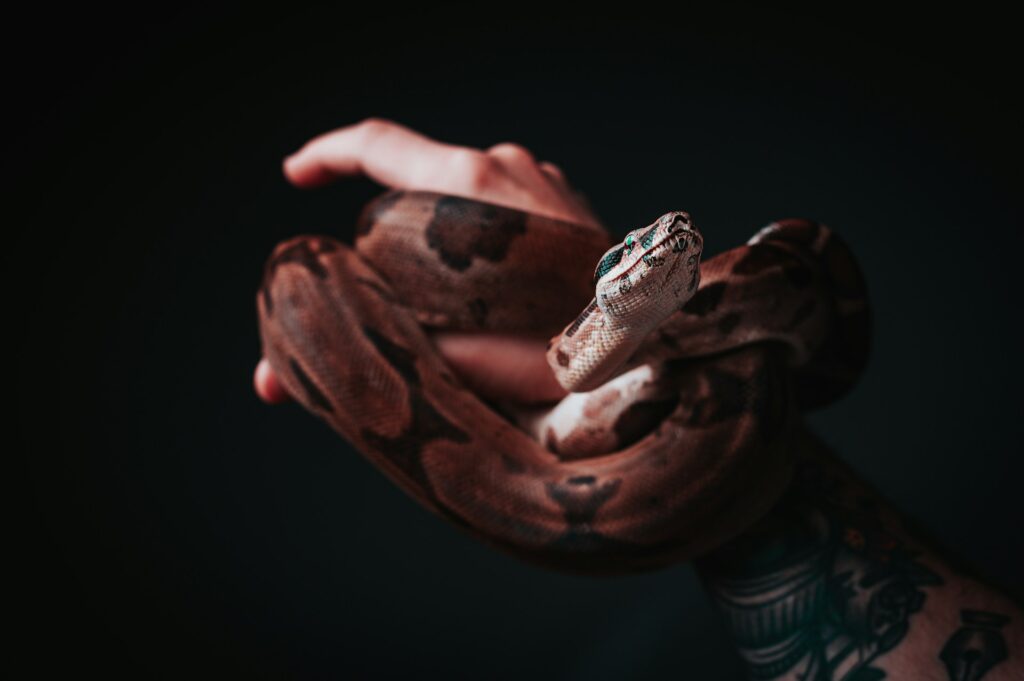
Preventing disease transmission within your collection requires implementing effective quarantine procedures for all new snakes before introducing them to existing pets.
A proper quarantine setup should be completely separate from your main collection, ideally in a different room with dedicated tools and supplies to prevent cross-contamination.
New acquisitions should remain in quarantine for a minimum of 90 days, during which time you should monitor for any health issues, conduct parasite screenings, and establish feeding patterns before considering them safe to introduce elsewhere.
This isolation period allows sufficient time for most infectious diseases to manifest symptoms, protecting your established collection from potential pathogens.
Even experienced keepers can miss subtle signs of illness in newly acquired animals, making this precautionary period essential regardless of the snake’s appearance or the seller’s reputation.
Creating an Effective Health Monitoring System

Developing a systematic approach to health monitoring transforms casual observation into a powerful preventative healthcare tool.
Create a dedicated health journal for each snake in your collection, recording regular weight measurements, feeding responses, complete shed dates, waste production, behavioral notes, and any unusual observations.
Photograph your snake periodically from various angles to document normal appearance and detect subtle changes that might otherwise go unnoticed over time.
Schedule regular “health check days” where you systematically examine each snake’s body condition, skin quality, respiration rate, and responsiveness, comparing your findings to previous notes.
This methodical approach helps identify trends that might indicate developing health issues before they become emergencies, allowing for early intervention when treatments are most effective and least stressful for your pet.
When to Seek Veterinary Care

Knowing when to consult a professional can mean the difference between successful treatment and tragic loss of your pet snake.
Seek immediate veterinary attention for symptoms including respiratory distress, prolonged refusal to eat (beyond normal fasting periods for your species), significant weight loss, abnormal postures or movements, swellings or lumps, open wounds or infections, persistent regurgitation, or any dramatic behavior change that concerns you.
Find and establish a relationship with a reptile-experienced veterinarian before emergencies occur, as many general practitioners lack specialized knowledge of snake medicine.
During your initial visit, discuss creating a preventative health protocol including recommended parasite screenings, wellness examinations, and specific concerns related to your snake’s species.
Remember that the stoic nature of snakes means that by the time symptoms become obvious, the condition has often advanced significantly, making rapid veterinary intervention crucial for successful outcomes.
Conclusion

Keeping snakes healthy requires vigilance, knowledge, and proactive care. By familiarizing yourself with normal behaviors and appearance for your specific species, maintaining detailed health records, and responding quickly to subtle changes, you can often identify and address potential health issues before they become life-threatening.
Remember that snakes have evolved to conceal weakness, making your role as an observant caretaker critical to their wellbeing in captivity.
With consistent monitoring and proper husbandry, many common snake health problems can be prevented entirely or treated successfully when caught in their earliest stages, helping ensure your scaly companion enjoys a long, healthy life in your care.

